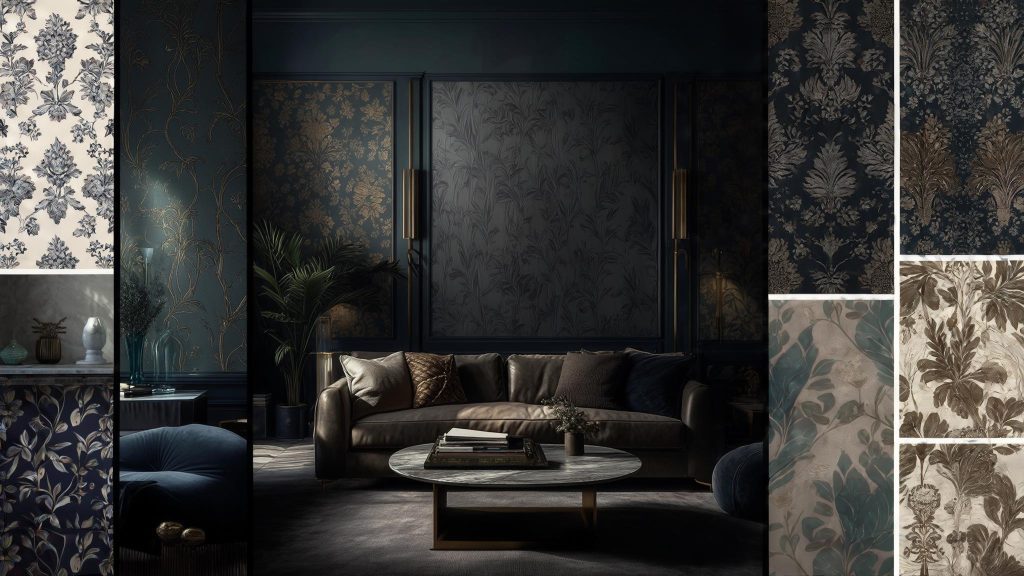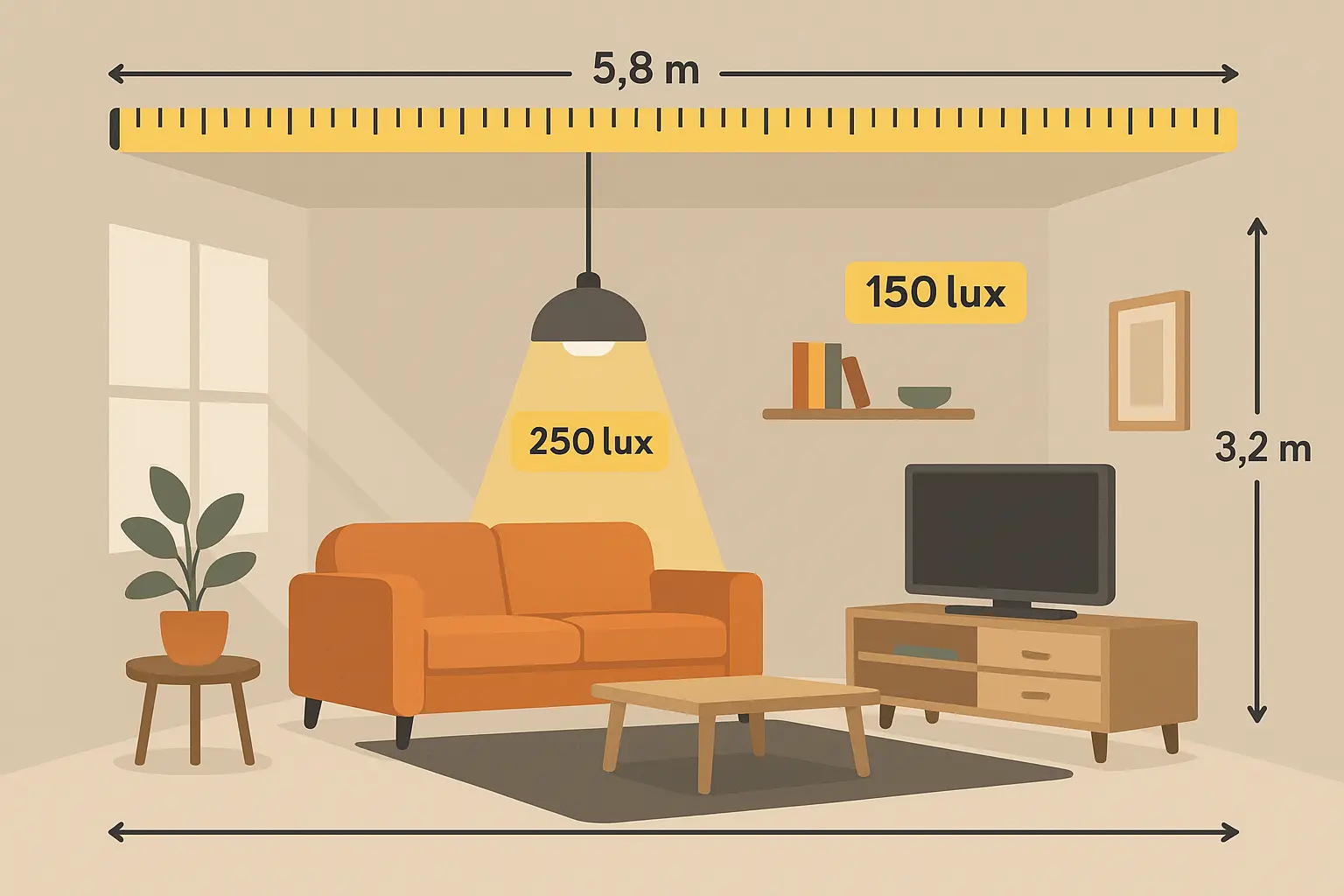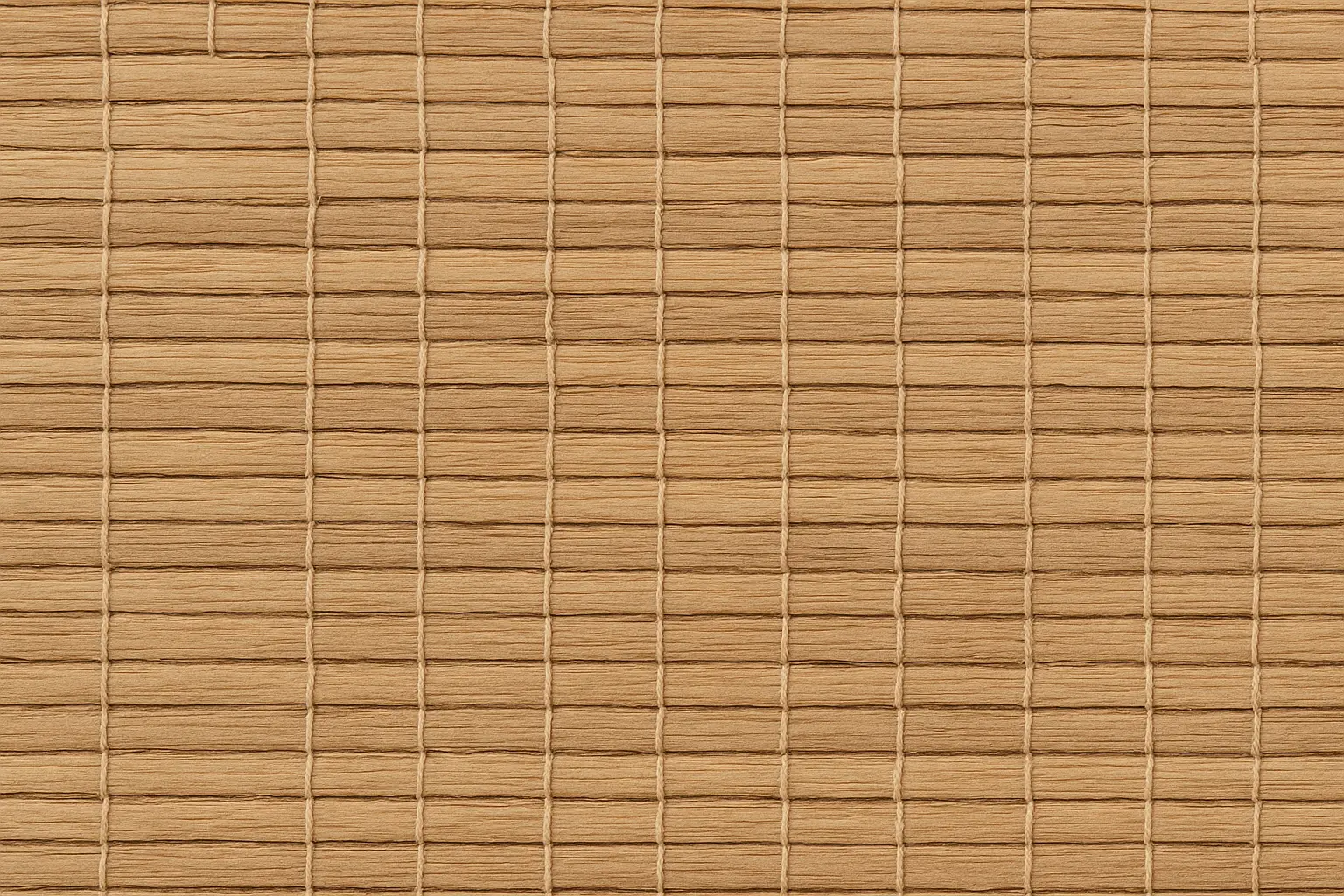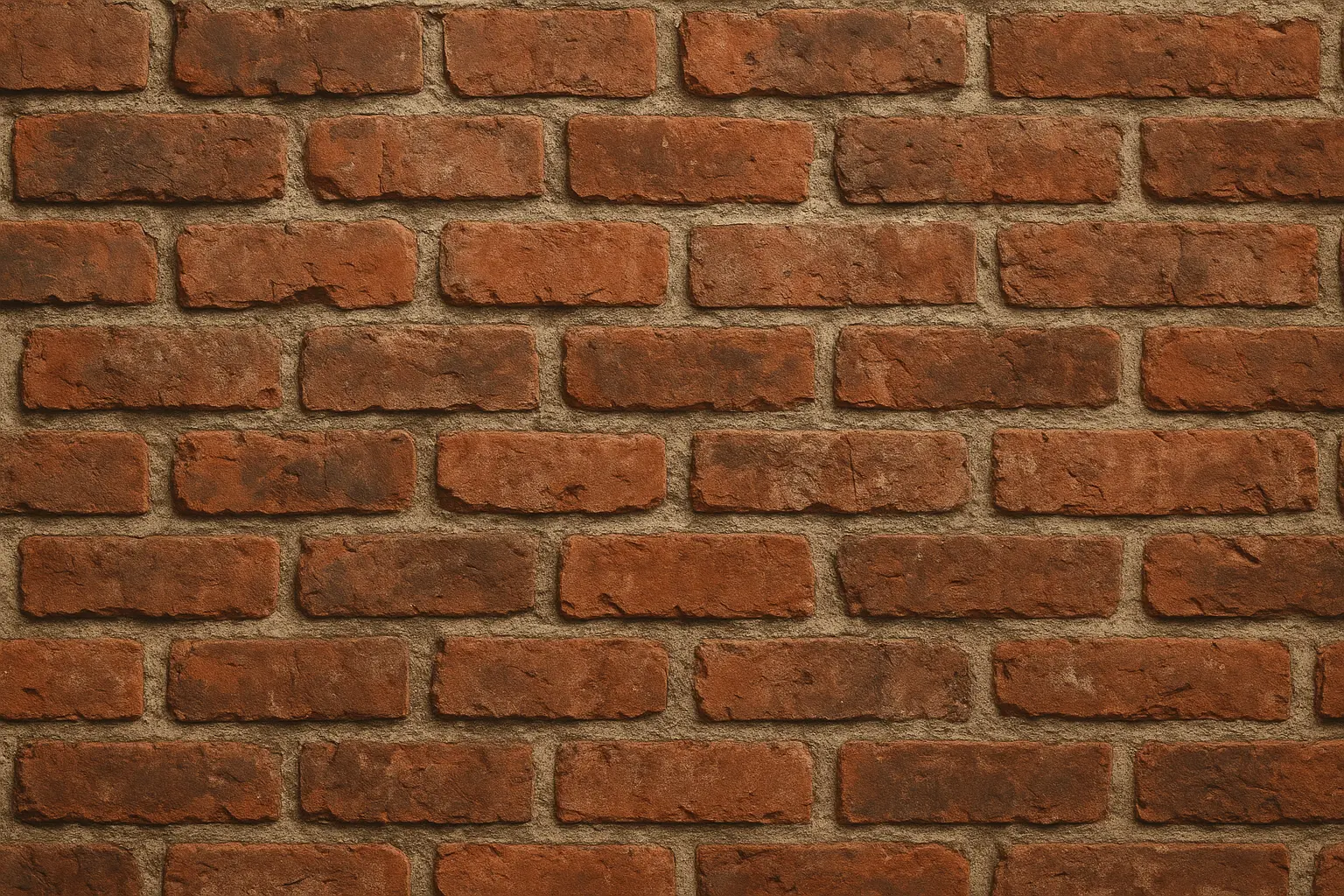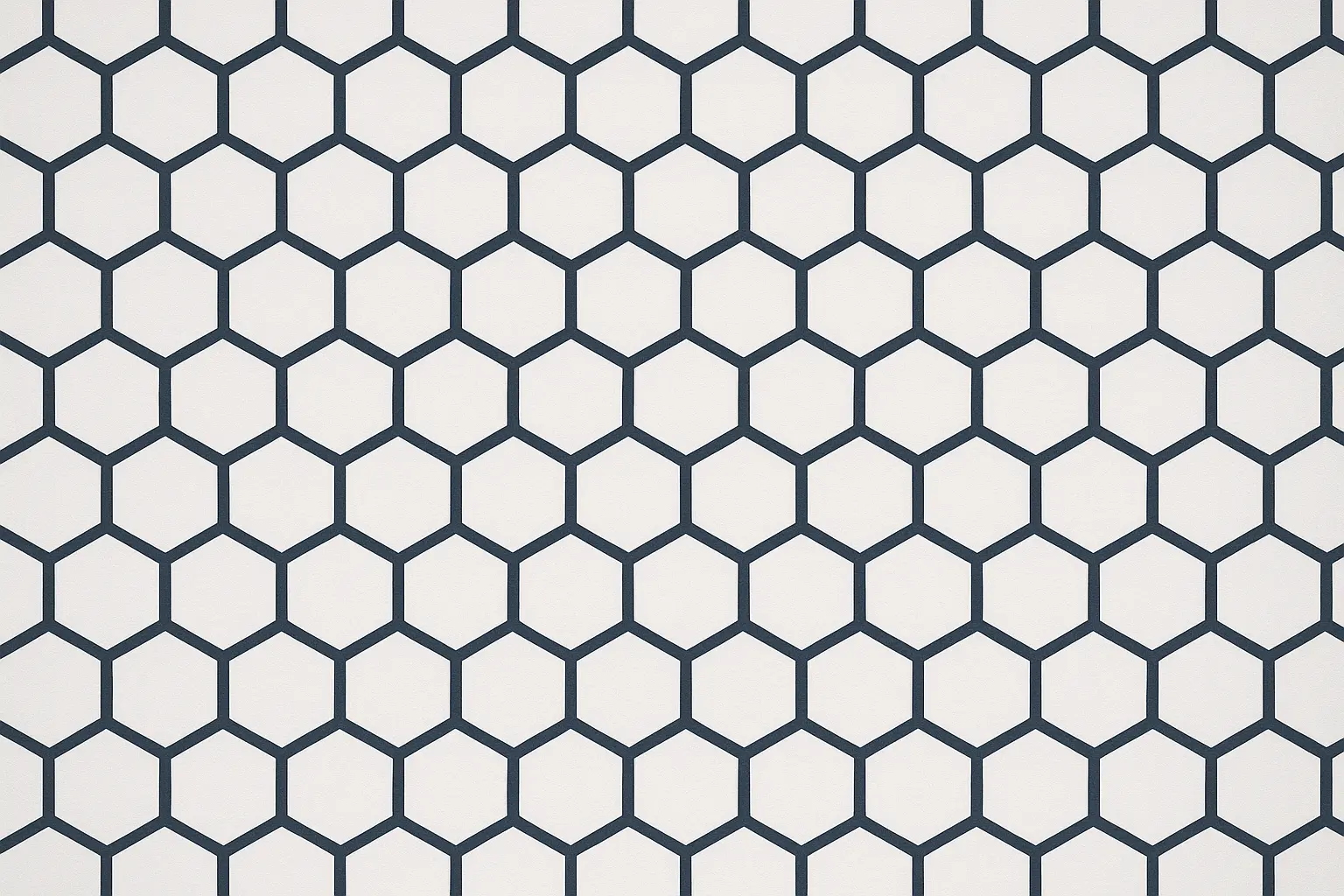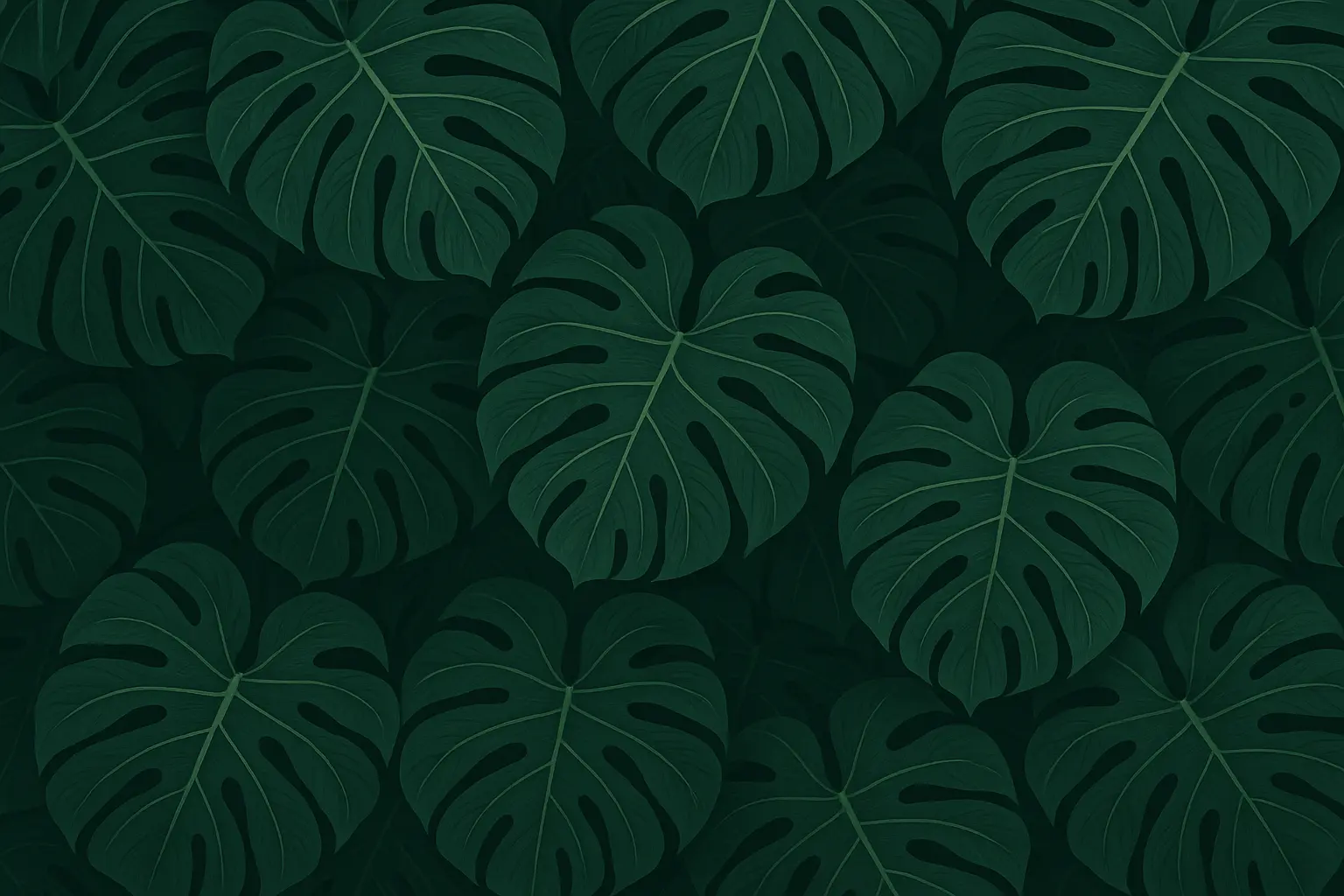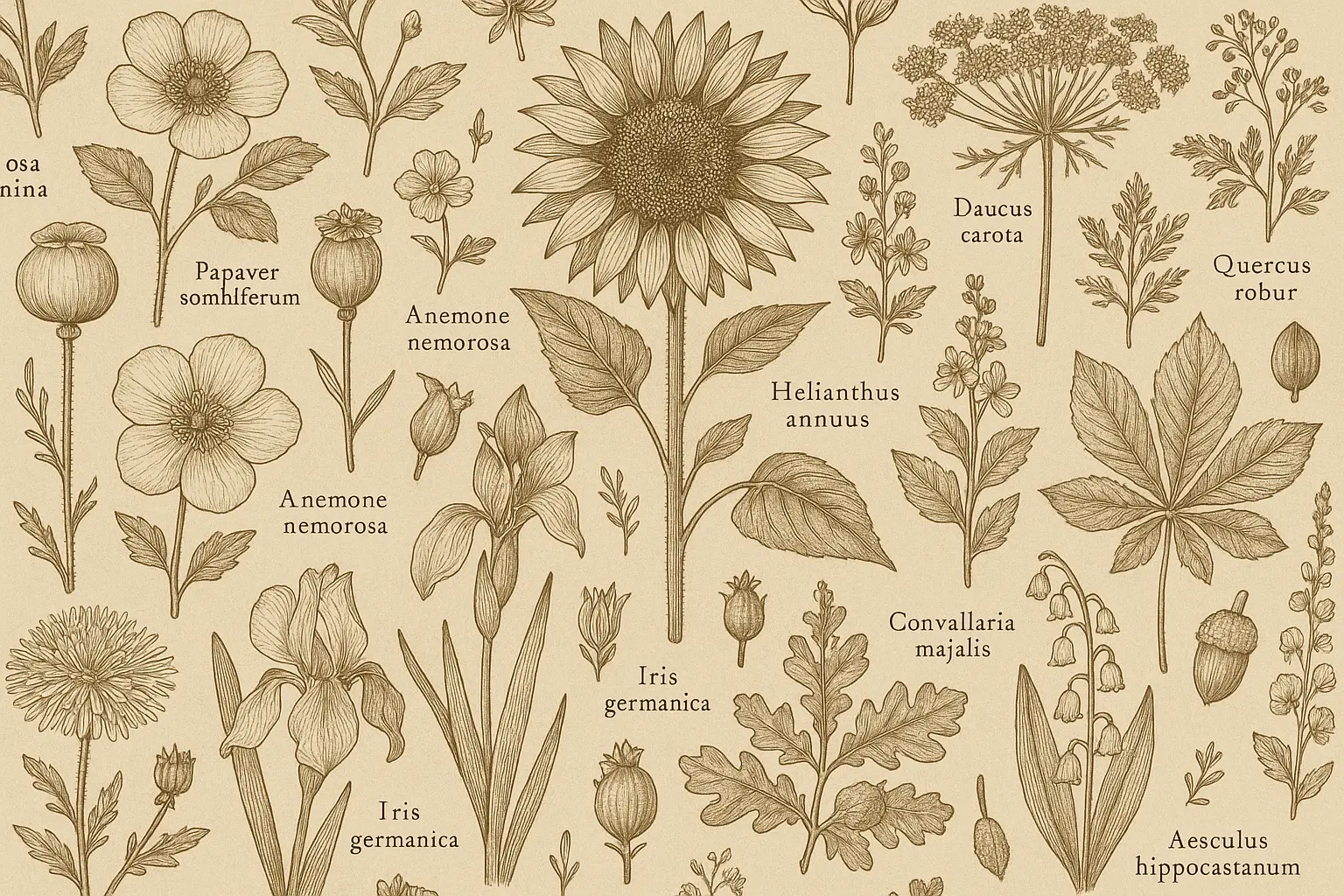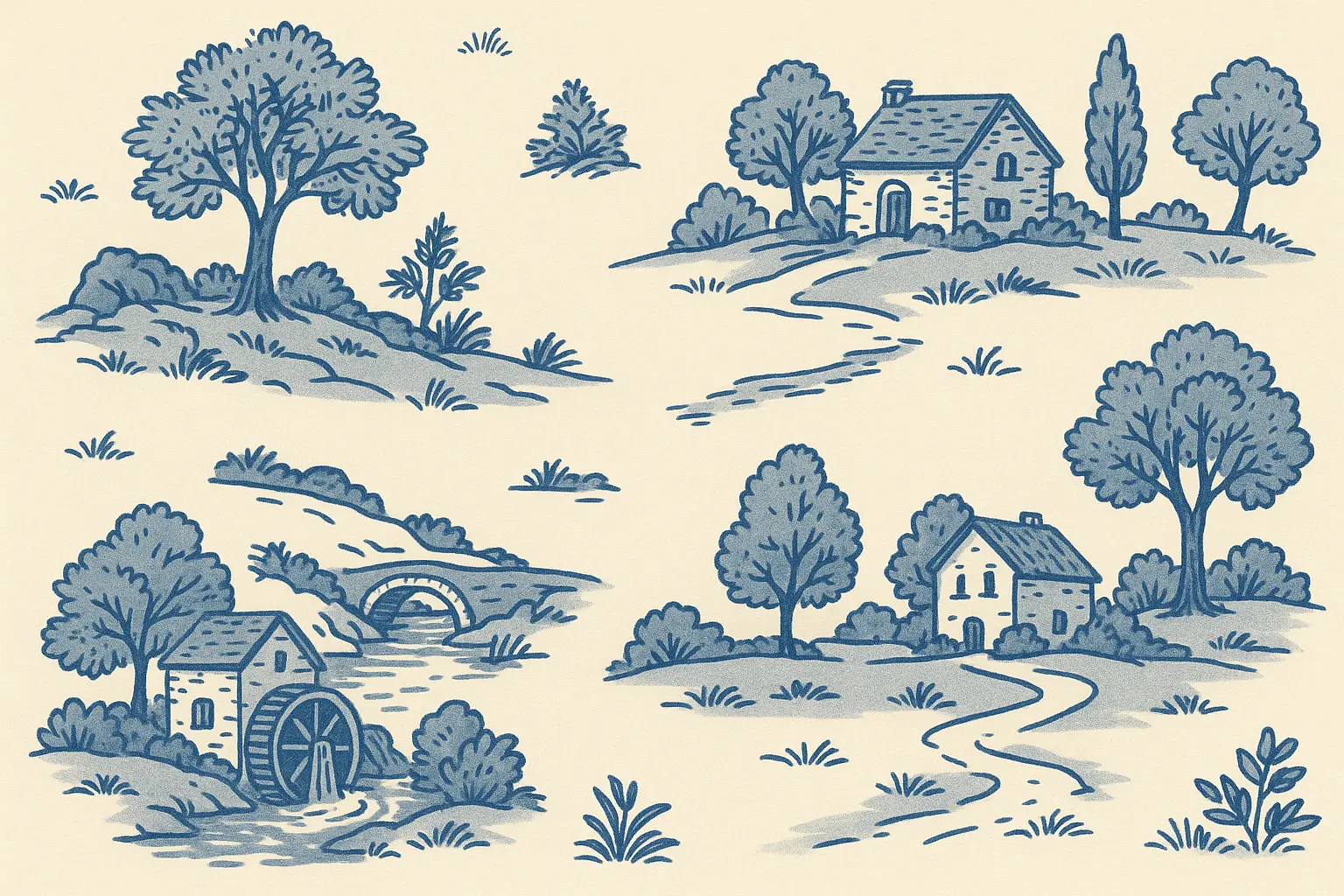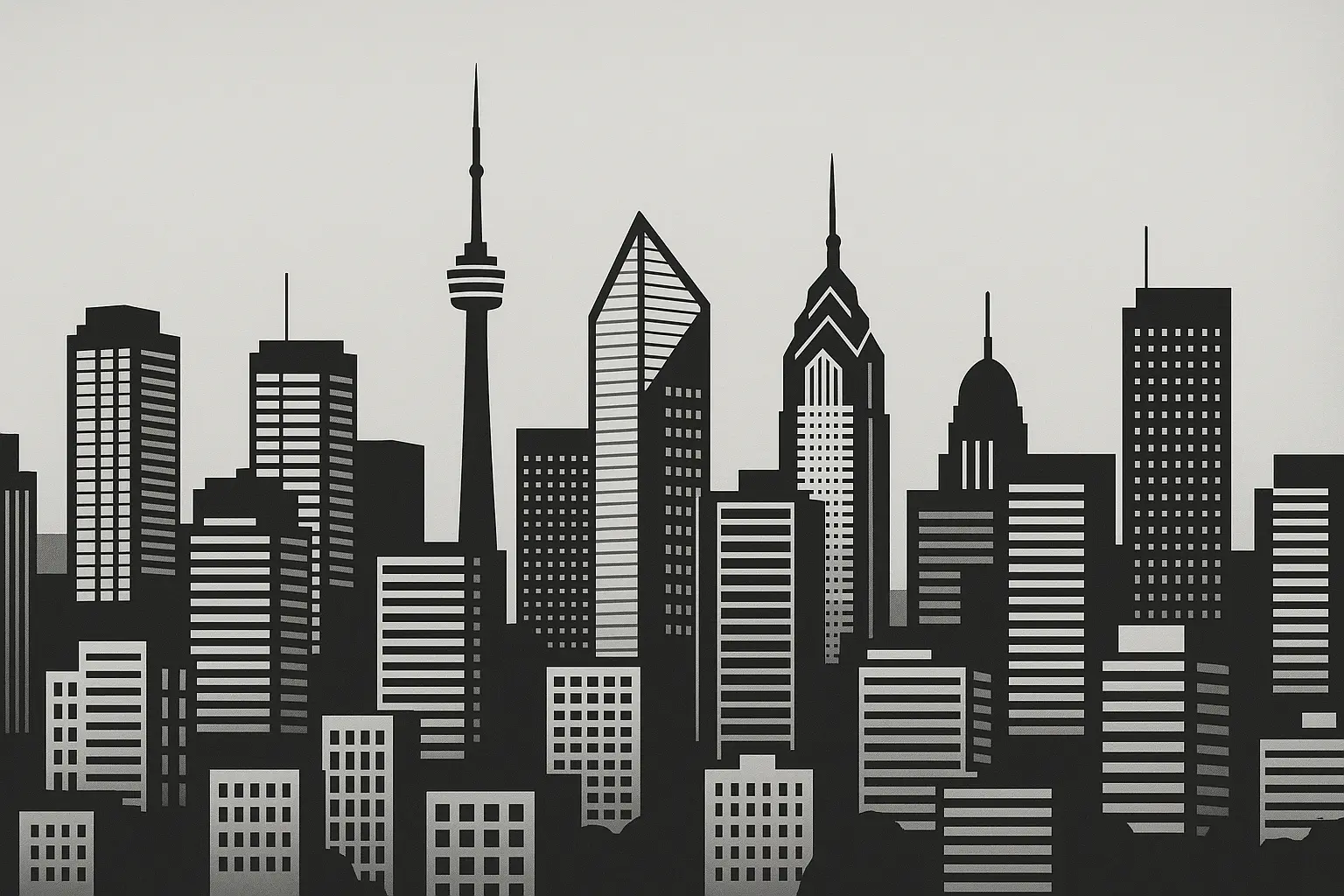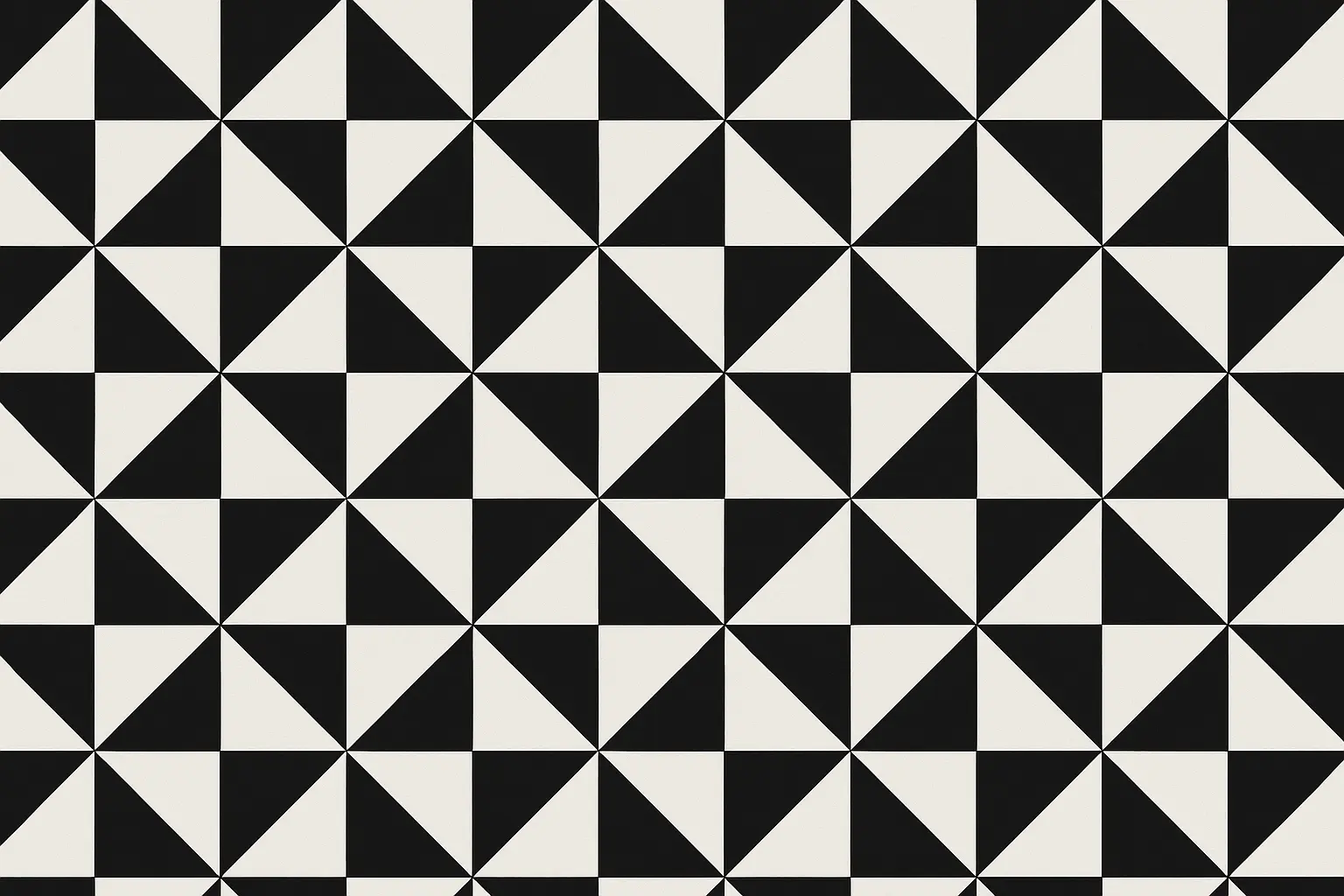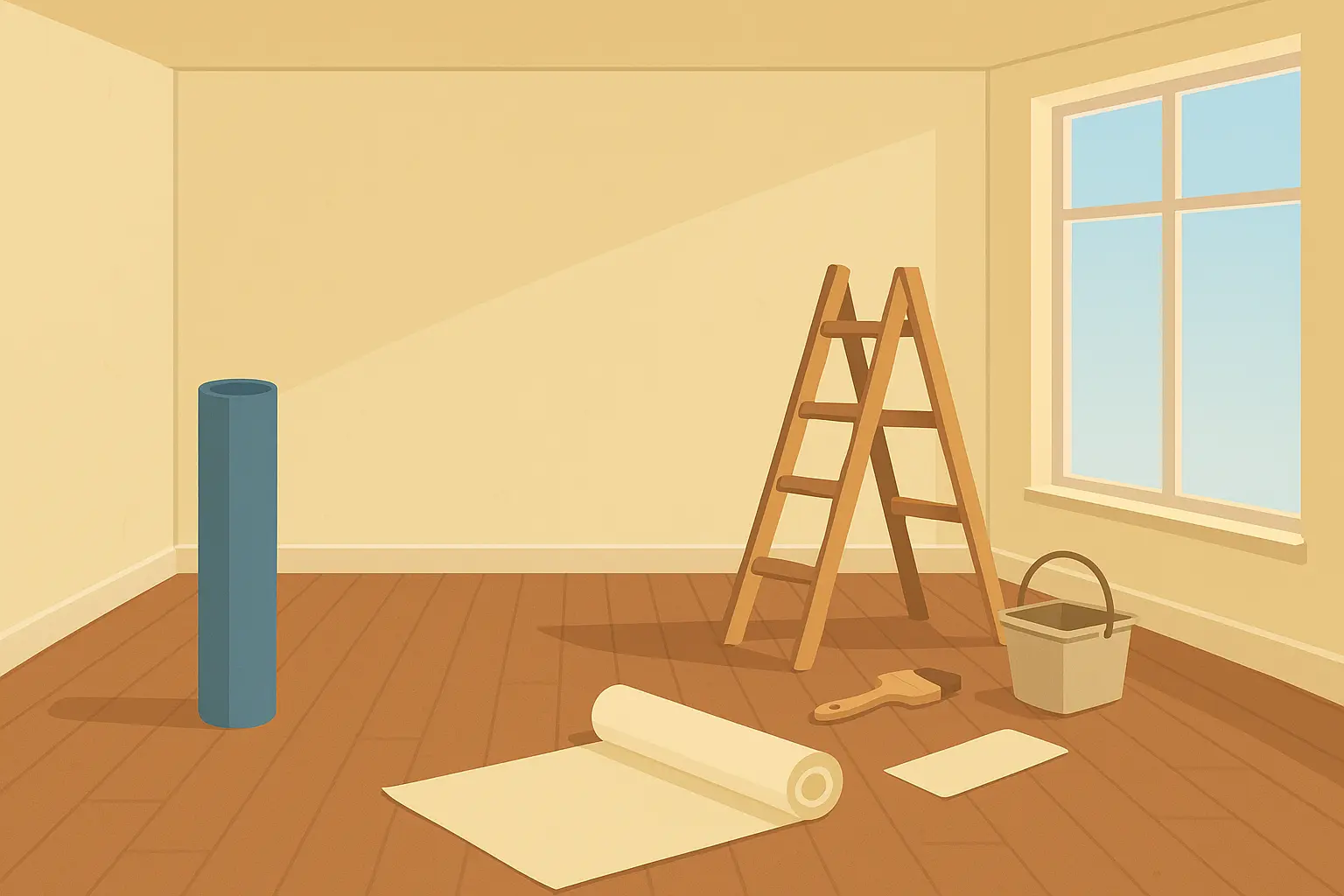25 Living Room Wallpaper Decor Ideas That Will Transform Your Space Into a Designer Haven
Let me tell you about my biggest wallpaper disaster. Picture this: me, standing in my tiny first apartment, staring at what looked like a jungle had exploded on my walls. That gorgeous tropical print I fell in love with at the store? Yeah, it made my living room feel like I was trapped inside a pineapple. You know what the design experts say – wallpaper can render a space “timelessly chic or permanently tragic,” and trust me, I learned this the hard way. According to Architectural Digest’s comprehensive room gallery, successful wallpaper selection requires way more than just loving a pattern – it’s about understanding how design elements actually work in your specific space.
Here’s the thing: wallpaper can completely transform your living room from “meh” to “wow” when you get it right. Whether you’re drawn to subtle textures that add warmth without fighting your furniture or bold patterns that make people stop mid-conversation, the right choice creates atmosphere while showing off your personality. I’ve pulled together 25 wallpaper ideas that actually work in real homes, and we’re going to talk about what really matters: your room’s size, lighting, how much maintenance you’re willing to deal with, and whether you’ll still love it in five years.
Table of Contents
- Key Considerations When Choosing Living Room Wallpaper
- Textural and Natural Wallpapers (Ideas 1-5)
- Geometric and Modern Patterns (Ideas 6-10)
- Botanical and Nature-Inspired Designs (Ideas 11-15)
- Classic and Traditional Patterns (Ideas 16-20)
- Bold Statement and Artistic Wallpapers (Ideas 21-25)
- Professional Installation vs. DIY Assessment
- Long-term Value and Maintenance Considerations
- Preparing Your Space for Wallpaper Installation
- Final Thoughts
TL;DR
- Your room’s size, lighting, and ceiling height determine which wallpaper styles will help (not hurt) your space
- Textural options give you sophisticated warmth without busy patterns competing for attention
- Geometric designs work best as accent walls in bright rooms with simple decor
- Botanical patterns need careful sizing – big prints need big spaces and lots of natural light
- Traditional patterns look amazing in formal settings but might cramp your casual family style
- Statement wallpapers create instant “wow” moments but usually need professional installation
- Budget-friendly picks include subtle geometrics and small patterns that are easier to hang
- Natural fiber wallpapers look incredible but need special care (think high-maintenance friend)
- Feature walls work better than full-room coverage for bold patterns
- Professional removal services help clear spaces efficiently before installation begins
Key Considerations When Choosing Living Room Wallpaper
Here’s something that’ll save you major regret later: your living room’s size is going to make or break your wallpaper choice. Rooms under 150 square feet need lighter colors and delicate patterns – trust me, you don’t want to feel like you’re living inside a jewelry box. Bigger rooms can handle those dramatic, bold designs that would make a small space feel like it’s closing in on you. I’ve watched too many people fall head-over-heels for a pattern at the store, only to realize it makes their cozy living room feel like a cramped closet.
Now, here’s something nobody warns you about: that wallpaper sample you’re obsessing over is going to look completely different in your actual room. If your living room faces north, those warm colors might look kinda blah because you’re getting cooler, indirect light all day. South-facing room? That gorgeous pattern could fade faster than your summer tan if you’re not careful. Do yourself a favor and test those samples under both your morning coffee light and your evening Netflix light – what looks perfect at noon might disappoint you at dinner time.
Let’s break this down in a way that actually makes sense:
| Room Size | What Actually Works | Best Wallpaper Types | Smart Strategy |
|---|---|---|---|
| Under 150 sq ft | Small, delicate patterns that won’t overwhelm | Light textures, subtle geometrics | Full room or accent wall |
| 150-300 sq ft | Medium patterns (the sweet spot) | Most types work here | Accent wall for bold stuff |
| Over 300 sq ft | Go wild with large patterns | Everything, including murals | Full room coverage is possible |
| Open floor plan | Patterns that play nice together | Neutral textures, complementary colors | Think about what’s next to it |
Here’s another thing that can make or break your wallpaper game: ceiling height. Got standard 8-foot ceilings? Vertical stripes or patterns that draw your eye up will make your room feel taller. Lucky enough to have soaring 10+ foot ceilings? Horizontal patterns can bring that ceiling down visually and make the space feel more cozy instead of like a cathedral.
Real talk: if you’ve invested serious money in statement furniture or killer artwork, choose wallpaper that plays backup, not lead singer. Those subtle textural wallpapers provide the perfect backdrop without starting a visual war. But if your furniture is pretty neutral? That’s your green light to go bold with wallpaper that becomes the star of the show.
Now let’s get practical for a minute. High-traffic living rooms need wallpaper that can handle life – washable, durable stuff that won’t show every fingerprint or ding. Got kids or pets? You need forgiving surfaces that hide the inevitable chaos. And here’s something people don’t think about: installation complexity affects your timeline and budget big time. Some patterns need a pro to get the alignment right, while others are totally doable for a confident DIYer.
Budget planning goes way beyond just the wallpaper cost. Factor in adhesive, primer, and maybe hiring a professional. Those complex patterns with big repeats? They need extra material for pattern matching, which can bump your costs up 15-25%. When you’re planning your living room transformation, you might want to check out our guide to living room accent wall ideas – it pairs perfectly with wallpaper selection.
Textural and Natural Wallpapers
Natural and textural wallpapers are like the perfect supporting actor – they add incredible depth and warmth without stealing the show from your furniture or art. These wallpaper decor ideas work amazingly well when you’ve got statement pieces that need a sophisticated backdrop. Plus, they often help with sound dampening, which is a nice bonus. The downside? They usually need more TLC and might require professional installation to look seamless.
1. Grasscloth Wallpaper
Grasscloth is made from natural woven fibers like jute, sisal, hemp, and bamboo – each one brings its own texture and toughness to the table. Real grasscloth features hand-woven plant fibers on paper backing, and here’s the thing: those subtle color variations aren’t defects, they’re part of the charm. Embrace the organic vibe instead of expecting machine-perfect consistency.
This works best in medium to large spaces where you can actually appreciate the texture without it overwhelming everything. The neutral colors play nice with both modern and traditional furniture, but they look especially gorgeous with natural wood and organic materials.
My friend Sarah transformed her 200-square-foot living room with sage-colored grasscloth behind her sectional. The texture gave her space this sophisticated warmth that played perfectly with her reclaimed wood coffee table and linen cushions. The subtle color variations added visual interest without competing with her botanical print collection, and bonus – the grasscloth actually helped reduce echo in the room, making it feel more intimate for conversations.
Now, before you get all excited about grasscloth, let me hit you with some truth: this stuff is gorgeous but high-maintenance. You can’t just wipe it down when someone spills wine – water-based cleaning is a no-go with natural fibers. You’ll be vacuuming these walls regularly with a brush attachment. Got kids who like to touch walls with sticky fingers? Maybe skip this one. And installation can be tricky because seams show and colors might vary between rolls, so a pro is usually worth it.
2. Faux Wood Grain Wallpaper
The technology for realistic wood textures has gotten crazy good. Today’s faux wood wallpapers capture everything from grain patterns to knot details to weathering that looks like authentic reclaimed materials. You can get anything from smooth painted wood finishes to heavily textured barn wood that looks like it’s been through decades of weather.
Here’s why DIYers love this option: unlike installing real wood planks, wallpaper doesn’t require structural changes, special tools, or worrying about moisture making things expand. You can knock this out in a weekend instead of spending weeks on construction.
The versatility is amazing too. Weathered gray finishes work great for coastal or farmhouse vibes, while rich walnut tones complement traditional decor. Painted wood effects are perfect for cottage or Scandinavian looks. And unlike real wood, this won’t dent when you bump furniture into it or show water rings from your coffee mug.
3. Stone and Brick Effect Wallpaper
Want instant architectural character? Stone and brick effect wallpapers deliver that urban loft or rustic charm immediately. Exposed brick patterns create that cool city vibe, while natural stone textures bring rustic charm to suburban living rooms. Modern concrete finishes appeal to people who love that industrial edge.
The 3D printing technology creates convincing depth and shadows that actually mimic real masonry. Quality options include those subtle color variations and texture details that make it look like the real deal – including all the natural irregularities you’d find in actual stone and brick.
Here’s my advice: these work way better as accent walls than full-room coverage. The visual weight can be overwhelming if you use them everywhere. Try them behind built-in shelving or your entertainment center where they provide cool backdrop interest. And maintenance is actually easier than real brick or stone – dust and dirt wipe away easily, while real masonry needs specialized cleaning.
4. Linen Texture Wallpaper
Linen texture is all about subtle sophistication. The woven look adds visual depth while staying neutral enough that it won’t fight with your furniture or artwork. This makes it perfect for rooms where other elements should be the stars.
The color range goes from pure whites that brighten dark rooms to rich jewel tones for dramatic backdrops. Neutral options in beige, gray, and cream work with pretty much any color scheme, while bolder choices like navy or forest green create sophisticated accent walls.
DIYers love linen texture because it’s forgiving – the subtle pattern doesn’t require perfect matching, and small hanging mistakes tend to blend into the overall texture instead of sticking out like sore thumbs. Quality versions typically last well and clean easily while helping hide those minor wall imperfections we all have.
5. Cork Wallpaper
If you’re eco-conscious, cork wallpaper hits all the right notes. Cork harvesting doesn’t hurt trees since bark regenerates naturally over 9-year cycles. The material is biodegradable and often uses recycled content in manufacturing.
But here’s what’s really cool: cork naturally insulates and helps regulate room temperature and humidity. The cellular structure absorbs sound too, reducing echo and noise – super helpful in open floor plan living rooms or homes with hard floors.
You can get everything from fine-grain cork with subtle patterns to coarse-grain options with pronounced texture and color variation. Some manufacturers offer painted cork that keeps the texture while giving you color options beyond natural cork tones. Just know that cork expands and contracts with humidity changes, so proper installation and the right adhesive matter.
Geometric and Modern Patterns
Geometric and modern patterns create instant contemporary focal points with their bold shapes, clean lines, and artistic flair. These living room wallpaper ideas work best as accent walls in bright rooms with simple decor – their strong visual presence can totally overwhelm smaller spaces or rooms that already have a lot going on. From oversized triangles and hexagons to subtle grids and Art Deco vibes, geometric wallpapers offer sophisticated ways to add visual punch while keeping that modern aesthetic.
6. Large-Scale Geometric Patterns
Bold geometric shapes grab attention the second you walk into a room. Oversized triangles, hexagons, circles, and abstract forms create that modern art gallery effect, transforming boring walls into conversation pieces. These work best in rooms with at least 9-foot ceilings and enough square footage to handle their visual weight without feeling cramped.
Here’s the catch: pattern matching gets expensive and complicated. Large geometric patterns often have 24+ inch repeats that need perfect alignment at seams. This precision usually means hiring a pro, because misaligned geometric patterns are glaringly obvious – like wearing stripes that don’t line up.
Color combos range from subtle monochromatic schemes that provide understated sophistication to high-contrast combinations that create serious drama. Neutral geometrics in grays and whites let you go wild with colorful furniture, while bold color combinations mean you need to keep everything else pretty restrained. And real talk: rooms under 200 square feet can feel totally overwhelmed by oversized geometric designs.
7. Art Deco-Inspired Designs
Art Deco wallpapers are all about those metallic accents that catch and reflect light, creating surfaces that literally change throughout the day. Gold, silver, and copper elements work especially well in rooms with good natural light or dramatic lighting schemes – they add that luxurious sparkle.
The symmetrical patterns create structured elegance with fan motifs, stepped geometric forms, and stylized sunburst patterns. These work beautifully in formal living rooms where entertaining matters more than casual comfort – think cocktail parties, not family movie nights.
Installation precision is crucial because of the geometric nature and metallic elements. Misaligned patterns totally disrupt the symmetrical flow that makes these designs work. A pro installation ensures proper pattern matching and protects those delicate metallic surfaces. Just be careful with lighting – strong directional light might create unwanted glare, while insufficient lighting can make metallic accents look dull.
8. Subtle Grid Patterns
Clean geometric structure appeals to modern sensibilities without the visual weight of bolder patterns. Subtle grids create that organized, architectural feeling that complements contemporary furniture’s clean lines. The understated nature lets other design elements take center stage while preventing bland wall syndrome.
Tonal variations offer sophistication through subtle color differences within the grid. Light gray grids on white backgrounds create barely-there structure, while deeper t onal contrasts provide more definition without becoming overwhelming.
You can get everything from fine grids that read almost as texture to larger grids that create more obvious geometric structure. Smaller grids work great in intimate seating areas, while larger grids suit big wall surfaces in open floor plans. Installation is pretty forgiving too – subtle grids align easily and hide minor mistakes within the overall pattern.
9. Chevron and Zigzag Patterns
Chevron and zigzag patterns bring dynamic movement and energy that can make static living rooms feel more vibrant. The directional lines create flow that works particularly well in contemporary spaces where clean lines and geometric interest are the goal.
My buddy Mark used subtle gray-on-white chevron wallpaper on the narrow wall of his rectangular living room, running it horizontally to create the illusion of width. The gentle zigzag added visual interest without overwhelming his minimalist furniture, while the light colors kept everything feeling open. The directional pattern actually balanced the room’s proportions, making his 12-foot-wide space feel more square and comfortable.
Scale makes a huge difference with impact. Large-scale chevrons create bold statements perfect for accent walls, while smaller zigzags provide subtle texture that works for full-room applications. Color combinations determine intensity – monochromatic chevrons provide sophisticated texture, while high-contrast combinations create energetic focal points. And here’s a cool trick: horizontal chevrons can make narrow rooms appear wider.
10. Abstract Watercolor Geometrics
This is where artistic meets geometric – hard geometric edges blend into soft color washes, creating patterns that feel both organized and natural. It appeals to people who like geometric design but find pure geometric patterns too rigid or sterile.
The color blending creates depth and visual interest through graduated transitions within geometric forms. Watercolor effects add movement and life to static shapes, preventing that cold feeling that can come with purely geometric designs.
Installation note: you might see slight color variations between rolls because of the watercolor printing process. Unlike solid geometric patterns, these variations should be viewed as artistic character rather than defects. The versatility lets abstract watercolor geometrics work with both contemporary and transitional decor – the organic watercolor elements soften modern geometric structure enough to complement traditional furniture.
Botanical and Nature-Inspired Designs
Botanical and nature-inspired wallpapers bring the outdoors inside through plant motifs, floral patterns, and natural scenes. These living room wallpaper ideas range from bold tropical leaves that create instant resort vibes to delicate floral prints that add feminine charm without being too sweet. The key to success with botanical wallpapers is matching pattern scale to room size and making sure you have enough natural light – otherwise, nature-inspired designs can feel dark or overwhelming.
11. Tropical Leaf Patterns
Want instant vacation vibes? Large-scale tropical leaf patterns deliver that exotic atmosphere immediately. Monstera leaves, palm fronds, and banana plant motifs literally transport your living room to a tropical destination. The bold scale and lush green colors create serious visual impact that can transform ordinary spaces into exotic retreats.
Here’s the thing about scale: rooms under 150 square feet can feel totally overwhelmed by oversized botanical prints, while larger spaces can handle the dramatic presence. Consider ceiling height too – rooms with 8-foot ceilings might feel cramped with large tropical designs, but higher ceilings can accommodate them beautifully.
These patterns typically feature deep greens and complex details that need good lighting to avoid looking dark or muddy. North-facing rooms might struggle with tropical patterns unless you’ve got strong artificial lighting to compensate. My advice? Use them as accent walls rather than full-room coverage – the visual weight can be overwhelming when used everywhere.
12. Delicate Floral Prints
Delicate florals bring feminine elegance without overwhelming masculine design elements. Small-scale flowers in soft colors create romantic ambiance that feels sophisticated rather than overly sweet. This makes them perfect for shared living spaces where both partners need to love the result.
The color palettes usually feature muted tones that play well with various furniture finishes and fabric choices. Soft pinks, lavenders, sage greens, and cream backgrounds provide gentle color without competing with existing decor. These subtle colors age gracefully and don’t feel tied to specific trends.
The small scale works well for full-room coverage without creating visual chaos, while slightly larger florals work great for accent walls. The delicate nature means pattern matching isn’t as critical as with bold geometric designs. And they’re naturally compatible with traditional furniture styles, antique pieces, and formal living room arrangements.
13. Tree and Forest Motifs
Here’s something cool: biophilic design research shows that nature imagery actually reduces stress and improves well-being through our innate connection to natural environments. Forest and tree motifs satisfy that human attraction to nature, creating psychologically comfortable living spaces that help you relax.
| Pattern Type | Best Room Size | Lighting Needs | Maintenance Level | Installation Difficulty |
|---|---|---|---|---|
| Tropical Leaves | Large (200+ sq ft) | High natural light | Medium | Professional recommended |
| Delicate Florals | Any size | Low to medium | Low | DIY friendly |
| Tree/Forest | Medium to large | Medium | Low to medium | DIY to professional |
| Botanical Illustrations | Any size | Medium | Low | DIY friendly |
| Succulent Patterns | Any size | Low to medium | Low | DIY friendly |
The vertical emphasis helps rooms with standard ceiling heights appear taller through the natural upward movement of tree forms. Birch tree patterns, forest silhouettes, and abstract woodland scenes draw your eye upward, creating the illusion of increased height in rooms with 8-foot ceilings.
You can get everything from realistic forest colors in greens and browns to stylized interpretations in grays, whites, or even bold contemporary colors. Monochromatic tree silhouettes work well in modern spaces, while realistic forest scenes suit traditional or rustic decor. Just consider seasonal feelings – lush green forest scenes might feel most appealing during spring and summer.
14. Botanical Illustrations
The scientific aesthetic appeals to people who appreciate detailed, educational imagery. Vintage botanical illustrations feature precise line work and careful labeling characteristic of historical plant studies. This scholarly approach creates sophisticated ambiance that works beautifully with traditional furniture and extensive book collections.
These create amazing gallery wall effects when they serve as backdrop for framed artwork or family photos. The detailed but neutral nature provides visual interest without competing with displayed items – perfect for rooms where wall-mounted collections matter.
There’s an educational appeal that adds intellectual depth to living room environments. Guests often find themselves studying the detailed plant illustrations, creating natural conversation starters. The scientific accuracy and historical authenticity provide ongoing visual interest that doesn’t fade with familiarity. Color sophistication typically features muted, scholarly palettes – sepia tones, soft greens, and cream backgrounds that create timeless appeal.
15. Succulent and Cactus Patterns
Modern botanical appeal comes from succulents’ naturally geometric forms and architectural structure. Unlike flowing floral patterns, succulent designs feature clean lines and organized growth patterns that complement contemporary furniture and minimalist decor. The structured nature prevents these botanical patterns from feeling overly organic or chaotic.
Desert color palettes typically feature muted greens, sage tones, and neutral backgrounds that work well with southwestern and contemporary color schemes. The subtle colors don’t compete with bold furniture choices while providing enough visual interest to prevent boring walls.
There’s something appealing about the low-maintenance symbolism – succulent patterns subtly communicate appreciation for sustainable, easy-care approaches to both gardening and living. The contemporary compatibility allows succulent patterns to work well with modern furniture and clean lines, bridging the gap between botanical patterns and geometric designs.
Classic and Traditional Patterns
Classic and traditional wallpaper patterns offer timeless elegance through ornate designs that have stayed popular for centuries. These sophisticated living room wallpaper ideas include damask, toile, chinoiserie, paisley, and Victorian florals – each bringing cultural depth and formal beauty to living rooms. While these patterns create stunning results in the right settings, they need careful consideration of room formality, lighting, and whether you’re ready for a long-term style commitment.
16. Damask Wallpaper
Damask patterns scream ornate elegance through their complex, woven-inspired motifs that originated way back in medieval textile production. The intricate designs feature flowing botanical and geometric elements that create sophisticated visual rhythm. Traditional damask conveys luxury and refinement that works beautifully in formal entertaining spaces.
But here’s the thing: damask works best in living rooms used primarily for entertaining rather than casual family activities. The elaborate patterns and rich colors create sophisticated ambiance that might feel too formal for everyday relaxation or kids’ activities.
You can find both traditional rich colors and contemporary interpretations in neutral tones. Modern damask wallpapers often feature subtle tonal variations that provide pattern interest without overwhelming color presence. These updated versions work better in contemporary homes while maintaining that classical elegance. Scale matters big time – large damask motifs need adequate wall space and viewing distance to be appreciated properly.
17. Toile Patterns
French sophistication emerges through toile’s historical narrative scenes that originated in 18th-century French textile design. Traditional toile features pastoral scenes, romantic landscapes, or historical events rendered in single colors on neutral backgrounds. The storytelling aspect creates visual interest that rewards closer examination.
What sets toile apart is its narrative quality – instead of abstract or geometric designs, toile wallpapers feature recognizable scenes that become conversation pieces and cultural references. This appeals to people who appreciate historical and artistic depth in their decor.
Color traditions typically feature single-color printing on cream or white backgrounds, though contemporary versions explore multiple colors and varied backgrounds. Classic combinations include blue and white, red and cream, or black and white, while modern interpretations might feature sage green or burgundy. These work better as accent walls rather than full-room coverage – the busy scenic patterns can overwhelm when used extensively.
18. Chinoiserie Designs
Chinoiserie patterns bring exotic elegance through Asian-inspired motifs featuring birds, flowering branches, and landscape scenes. The artistic tradition combines natural elements with sophisticated composition that creates worldly, cultured ambiance. Quality chinoiserie wallpapers feature authentic artistic elements rather than stereotypical imagery.
The cultural depth adds intellectual appeal through patterns that reference centuries of Chinese artistic tradition. Birds perched on flowering branches, pagoda landscapes, and delicate floral arrangements create sophisticated visual narratives that reward closer examination.
Color sophistication typically features subtle palettes that work with both traditional and contemporary furniture. Hand-painted effects in soft blues, sage greens, and neutral backgrounds create timeless appeal, while contemporary interpretations might explore bolder colors or metallic accents. Chinoiserie patterns can work with various furniture styles when approached thoughtfully – traditional pieces complement the historical nature, while contemporary furniture can create interesting contrasts.
19. Paisley Patterns
Paisley brings cultural richness through its origins in Persian and Indian textile traditions, carrying centuries of artistic development into contemporary living spaces. The teardrop motifs carry symbolic meaning related to life and fertility, adding depth beyond mere decoration. This cultural background creates conversation pieces for people interested in history.
Quality paisley features complex internal designs within each teardrop motif. Traditional paisley has elaborate internal patterns, curved lines, and multiple colors that create visual richness. The complexity provides ongoing visual interest that doesn’t become boring with familiarity.
Scale variations affect paisley’s impact significantly. Large paisley motifs create bold statements suitable for accent walls, while smaller patterns provide rich texture for full-room applications. Color complexity allows paisley to work with various decorating schemes through traditionally multi-colored nature – rich jewel tones create luxurious appeal, while muted versions work better with contemporary furniture.
20. Victorian-Inspired Florals
Victorian florals feature elaborate ornamentation through complex, layered floral arrangements that reflect 19th-century decorative excess. Multiple flower types, intricate leaves, and detailed stems create rich visual tapestries that reward close examination. The ornate nature works well in formal settings where decorative richness is appreciated.
Traditional Victorian colors include deep, saturated tones that create dramatic impact in appropriate lighting – burgundy, deep gold, forest green, and rich purple, often combined in complex color schemes. These intense colors need adequate natural light to prevent appearing dark or oppressive.
My friend Jennifer used Victorian-inspired floral wallpaper in deep burgundy and gold behind her antique settee. The ornate pattern complemented her collection of 19th-century furniture and created an elegant backdrop for evening entertaining. She balanced the rich wallpaper with cream walls on remaining surfaces and ensured adequate lighting through chandeliers and table lamps to prevent the dramatic colors from overwhelming her intimate 180-square-foot space.
The romantic atmosphere emerges through Victorian florals’ elaborate beauty and historical associations. The ornate arrangements create feminine, luxurious ambiance that works well in formal living rooms designed for entertaining rather than casual family activities.
Bold Statement and Artistic Wallpapers
Bold statement and artistic wallpapers transform living rooms into gallery spaces through dramatic designs that serve as instant focal points. These living room wallpaper ideas include photographic murals, metallic accents, gradient effects, high-contrast patterns, and textured paint effects that create sophisticated finishes. While these deliver maximum visual impact, they usually need professional installation and careful consideration of long-term design flexibility.
21. Mural Wallpapers
Mural wallpapers deliver transformative impact – they’re the ultimate statement choice for living rooms seeking dramatic focal points. Full-wall cityscapes, forest scenes, abstract art, or photographic landscapes create immersive environments that transport you to different locations or artistic experiences. The scale and impact rival expensive original artwork.
Professional installation is pretty much required because of precise panel alignment and seamless pattern matching across multiple strips. Murals typically arrive in numbered panels that must align perfectly to create cohesive images. Misalignment becomes glaringly obvious with photographic or realistic imagery – definitely not a DIY weekend project.
Furniture coordination becomes critical since placement affects how much of the image stays visible. Low-profile furniture works better than tall pieces that might block important mural elements. Consider your seating arrangement and storage needs before selecting subjects and compositions. The dramatic nature tends to dictate room color schemes and decorating approaches, which limits design flexibility down the road.
22. Metallic Accent Wallpapers
Metallic wallpapers are excellent for darker living rooms or spaces with limited natural light because of their light reflection properties. Gold, silver, and copper elements catch and reflect available light, creating brighter, more dynamic environments. The reflective quality changes throughout the day as lighting shifts.
The luxury appeal emerges through metallic elements that suggest expensive finishes and high-end design. Subtle metallic accents create sophisticated glamour, while bold metallic patterns make dramatic luxury statements. The perceived value works well in formal entertaining spaces.
But be careful with lighting – strong directional lighting can create unwanted glare or harsh reflections. Test samples under both natural and artificial lighting to ensure metallic elements enhance rather than overwhelm your space. Metallic accent walls work better than full-room applications for most living spaces – you need balance with matte textures and neutral colors to prevent overwhelming shine.
23. Ombré and Gradient Effects
Color transition sophistication creates artistic appeal through gradual shifts between related colors or tonal variations. Ombré effects might flow from white to deep blue, while gradient patterns could transition between complementary colors. The smooth transitions create movement and depth that static colors can’t achieve.
The calming atmosphere emerges through ombré wallpapers’ gentle color progressions that avoid harsh contrasts or busy patterns. The flowing nature creates serene, meditative environments perfect for living rooms designed for relaxation and stress reduction.
Contemporary appeal makes gradient wallpapers suitable for modern and transitional living rooms where artistic elements are appreciated. The sophisticated color work appeals to people who want artistic wall treatments without traditional pattern complexity. Installation precision becomes important to ensure smooth color transitions align properly at seams – professional installation often proves worthwhile for seamless gradient flow.
24. Black and White Statement Patterns
High contrast drama emerges through black and white patterns that create immediate visual impact without color distractions. Oversized florals, bold geometric designs, or abstract patterns in stark combinations command attention and create sophisticated focal points. The dramatic nature works well in contemporary settings.
Color flexibility is a huge advantage – you can introduce any accent colors through furniture, artwork, and accessories since black and white works with all color schemes. This versatility allows for seasonal color changes or style evolution without replacing wallpaper. The neutral base provides long-term decorating flexibility.
Contemporary sophistication appeals to modern design sensibilities through clean, graphic approaches to pattern and contrast. Black and white statement wallpapers feel current and sophisticated rather than traditional or dated. Scale becomes critical with high contrast since it makes pattern elements more visually prominent – large patterns work better as accent walls, while smaller patterns might accommodate full-room applications.
25. Textured Paint Effect Wallpapers
Sophisticated finishes replicate expensive decorative paint techniques through advanced printing and texturing processes. Venetian plaster effects, color washing, sponge painting, and faux finishing techniques become accessible through wallpaper applications. The realistic textures provide luxury appeal without professional painter costs.
| Statement Wallpaper Type | Best Application | Professional Installation Required | Budget Range | Long-term Flexibility |
|---|---|---|---|---|
| Mural Wallpapers | Single accent wall | Yes | High | Low |
| Metallic Accents | Accent wall or powder room | Recommended | Medium-High | Medium |
| Ombré/Gradient | Any wall | Recommended | Medium | High |
| Black & White Patterns | Accent wall | Depends on complexity | Medium | High |
| Textured Paint Effects | Full room possible | Optional | Medium | Medium |
Cost advantages make textured paint effect wallpapers attractive alternatives to custom decorative painting. Professional decorative painting can cost $8-15 per square foot, while quality textured wallpapers typically cost $3-8 per square foot including installation. You get similar visual appeal with significant cost savings.
Maintenance benefits include easier cleaning and repair compared to authentic decorative paint finishes. Textured paint effects on walls can be difficult to clean and impossible to touch up seamlessly, while wallpaper versions offer washable surfaces and replaceable sections if damage occurs. Installation provides consistent results compared to hand-applied decorative painting techniques, giving you uniform texture and color distribution.
Professional Installation vs. DIY Assessment
Pattern complexity determines installation difficulty more than anything else. Simple textures, small-scale patterns, and designs without critical alignment points work fine for DIY approaches, while large geometric patterns, murals, and designs requiring precise matching need professional installation. Consider pattern repeat intervals and matching requirements when assessing difficulty.
Material considerations include wallpaper weight, adhesive requirements, and handling characteristics. Lightweight vinyl and non-woven wallpapers are more forgiving for DIY installation, while heavy natural fiber wallpapers or delicate metallic surfaces require experienced handling. Some materials need specialized adhesives or installation techniques.
Let’s be real about skill assessment: you need to honestly evaluate your patience, precision, and experience with home improvement projects. Wallpaper installation requires steady hands, attention to detail, and problem-solving abilities when things go wrong. Previous painting or home improvement experience helps, but wallpaper presents unique challenges that can humble even confident DIYers.
Cost comparison includes material costs, tool requirements, and potential mistakes. DIY installation saves labor costs but requires tool investment and carries risk of material waste from mistakes. Professional installation costs $2-6 per square foot but includes expertise, tools, and typically some warranty on workmanship. Yeah, hiring a pro costs more upfront, but think of it as insurance against the “why does this look like a funhouse mirror” disaster that might happen if you wing it.
Long-term Value and Maintenance Considerations
Investment-grade wallpapers include natural materials, hand-printed designs, and classic patterns that maintain appeal across decorating trends. Quality grasscloth, authentic damask, and custom murals typically justify higher initial costs through extended lifespan and enduring style appeal. These options often last 10-15 years with proper care.
Maintenance requirements vary significantly between wallpaper types and affect long-term satisfaction. Washable vinyl wallpapers handle family life better than delicate natural fibers, while textured surfaces may trap dust requiring regular vacuuming. Consider your lifestyle and cleaning preferences when selecting wallpaper materials – be honest about how much maintenance you’re actually willing to do.
Style longevity involves choosing patterns and colors that won’t feel dated as decorating trends evolve. Neutral textures, classic patterns in updated colors, and subtle geometric designs typically age better than bold trend-driven patterns. Your Instagram might love that super trendy pattern, but will you love looking at it every morning for the next five years?
Replacement planning includes understanding removal difficulty and wall preparation requirements for future changes. Non-woven wallpapers remove cleanly, while some traditional papers may damage walls during removal. Factor future change costs into your initial wallpaper investment decisions.
Preparing Your Space for Wallpaper Installation
Space clearing requirements include removing furniture, artwork, and accessories from walls scheduled for wallpaper installation. Large furniture pieces need relocation to other rooms or storage areas, while smaller items require careful packing and protection. The clearing process often reveals accumulated clutter that no longer serves your design goals.
Wall preparation involves cleaning surfaces, filling holes, and ensuring smooth, clean walls for optimal wallpaper adhesion. Old wallpaper removal can be time-consuming and messy, particularly with traditional paper-backed wallpapers that require soaking and scraping. Surface imperfections become more visible under wallpaper than paint, requiring careful attention to wall condition.
Furniture evaluation during the clearing process often reveals pieces that no longer fit your new design direction or have accumulated damage over time. Outdated entertainment centers, worn seating, or furniture that won’t complement your new wallpaper choice may need replacement or disposal.
This preparation phase is where professional services become invaluable for homeowners embarking on wallpaper projects. Consider exploring furniture removal options to efficiently clear your space before installation begins.
Jiffy Junk’s professional removal services transform the stressful preparation phase into an efficient, organized process. Their White Glove Treatment handles furniture removal, old wallpaper disposal, and accumulated clutter clearing with same-day service availability. The fully licensed and insured teams manage all heavy lifting while ensuring eco-friendly disposal through recycling and donation programs whenever possible.
For homeowners dealing with extensive clutter before their wallpaper project, our decluttering guide provides comprehensive strategies to organize and clear your living space effectively.
Professional removal services eliminate the weekend hauling and debris management that typically accompanies major decorating projects. Rather than spending valuable time moving furniture and disposing of unwanted items, you can focus on the exciting design aspects while professionals create the clean workspace necessary for successful installation. This support proves particularly valuable when removing large entertainment centers, disposing of old furniture that won’t work with your new design, or clearing years of accumulated household items.
If your wallpaper project involves updating an entire room, consider our comprehensive furniture disposal guide to handle pieces that no longer match your new aesthetic vision.
Final Thoughts
Look, at the end of the day, selecting the perfect wallpaper for your living room involves balancing what looks amazing with what actually works in your real life. The 25 living room wallpaper ideas we’ve explored offer tons of different approaches to transforming your space – from subtle textural additions that provide warmth without overwhelming your existing decor to bold statement pieces that create dramatic focal points that make people stop mid-conversation.
Success depends on honest assessment of your room’s characteristics, lifestyle requirements, and how committed you are to living with your choice. Wallpaper installation represents a significant investment in both time and money, making careful planning essential. Consider how each option performs across the stuff that really matters: room size compatibility, lighting requirements, maintenance needs, and installation complexity. The most gorgeous wallpaper becomes an expensive mistake if it doesn’t suit your specific space and lifestyle.
For those considering a complete room transformation, our small living room ideas guide offers complementary design strategies that work beautifully with wallpaper selections.
Professional support during preparation and installation phases can make the difference between a stressful project and an enjoyable transformation. Whether you need space clearing services to prepare for installation or professional hanging to ensure perfect results, investing in expert help often proves more economical than attempting complex projects beyond your skill level. The goal is creating a living room that reflects your personality while providing years of satisfaction and enjoyment.
Before beginning your wallpaper project, explore our junk removal cost guide to budget appropriately for clearing your space and disposing of items that won’t work with your new design direction.
Trust me, I’ve seen enough wallpaper disasters to know that taking time upfront to plan properly saves major headaches later. Your future self will thank you for choosing thoughtfully rather than impulsively. And hey, if you absolutely love that crazy pattern that breaks every rule I’ve mentioned? Go for it. Just maybe start with one accent wall, okay?
[Keywords to Include:][Content Summary:]
